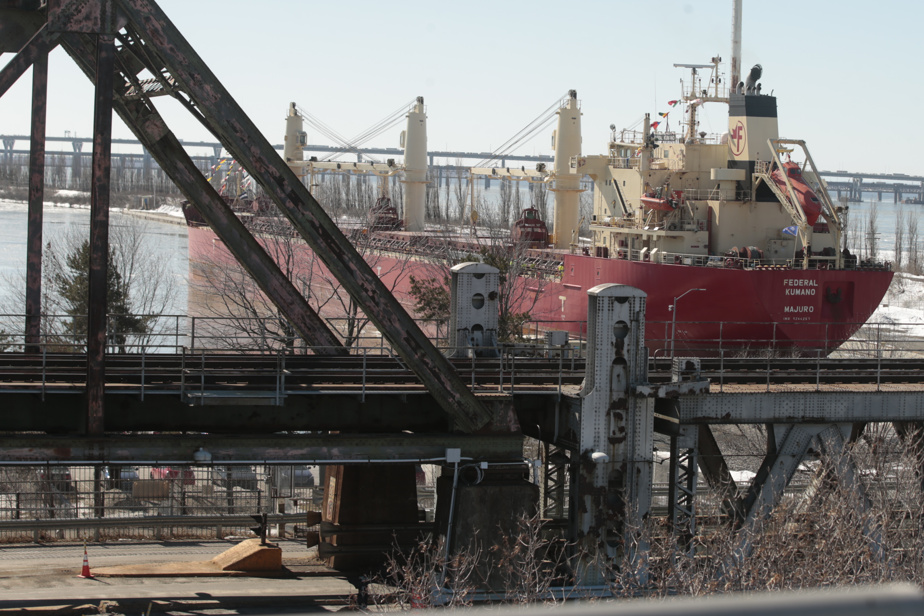The St. Lawrence Seaway is closing the doors of its locks to ships for the winter this Friday between Montreal and Lake Ontario while the locks of the Welland Canal, which connects Lakes Ontario and Erie, will be closed next Monday.
The interruption of maritime traffic, however, does not send the approximately 440 people who work there on vacation or unemployment, quite the contrary: “We have almost 100 million investments in repairs during the winter period from January 5 until “as of March 17, approximately 160 projects to upgrade all infrastructure,” explains Jean Aubry-Morin, vice-president of external affairs at the Seaway.
This is not an exceptional program, he adds: “It’s annual. The navigation season lasts between 286 and 298 days, depending on conditions, and the rest of the year is used to update the infrastructure, which is done annually. »
Since the duration of the navigation season varies depending on weather conditions, it will come as no surprise that global warming has had an impact, which Mr. Aubry-Morin confirms: “If I go back over a period of more than 25 years, we have probably gained 12 days of the sailing season with climate change. The closure date depends on several factors, the dominant factor being environmental conditions which have become milder. »
He specifies, however, that these new conditions are not without creating their own set of problems. “Climate change has also brought oddities, greater variability in fog, winds, sustained rain, conditions that must be taken into account. »
And the weather, as we know only too well, is subject to whims, warming not being a constant affair: “We always remain on the lookout for conditions. If there were significant changes, a major cooling due to the Jet Stream or anything, we would change the closure date so that it was consistent, so that navigation remained safe. »
This is actually what happened around ten years ago, says Mr. Aubry-Morin: “In 2013-14, we had a sudden and significant change in temperature coming from the bay of ‘Ungava. The Jet Stream had subsided and the cold of the Far North projected towards us and we had to rethink the closing date. Even with the support of Canadian Coast Guard icebreakers to ensure continued passage, we had to remove three days of navigation that year. »
The results of the season which is ending look good and demonstrate a notable improvement in the efficiency of the Great Lakes fleet since there were fewer ships, but more goods: “The result is a little better than the expected one. The figures have not been compiled, so have not yet been validated and verified, but we expect an increase of around 4.5% in the passage of food compared to last year, although we had fewer ship passages, which meant that each boat had to be a little more loaded. »
The Seaway, built between 1954 and 1959, includes seven locks between Montreal and Lake Ontario, five Canadian and two American, and eight other Canadian locks in the Welland Canal connecting Lakes Ontario and Erie.
Another system of locks, managed by the American army, connects Lake Superior to Lakes Huron and Michigan.
